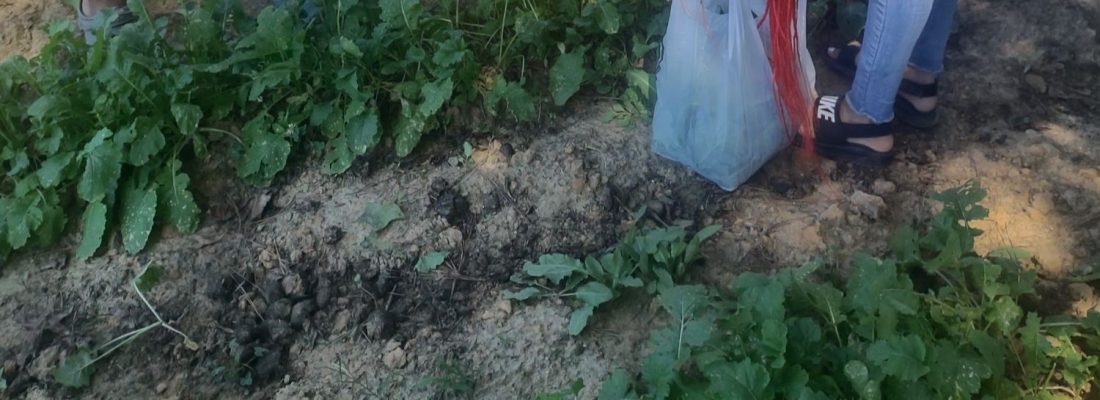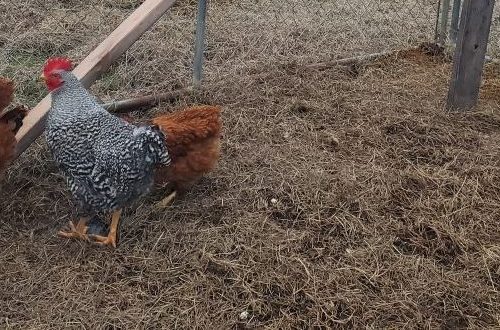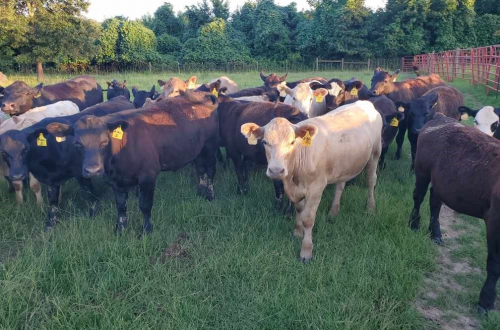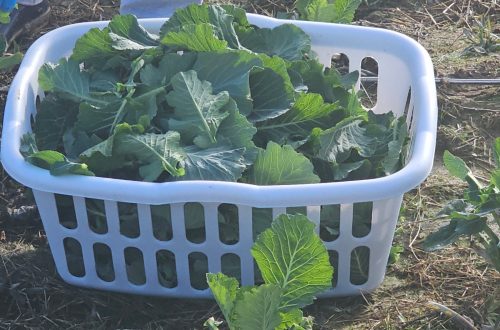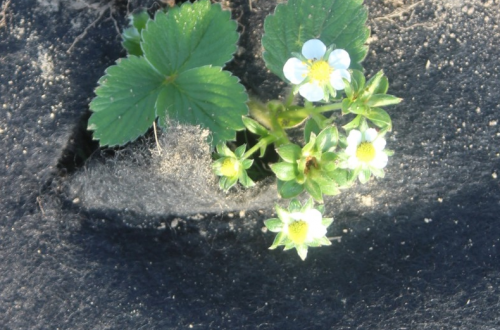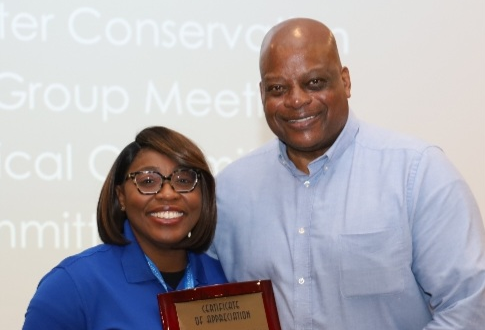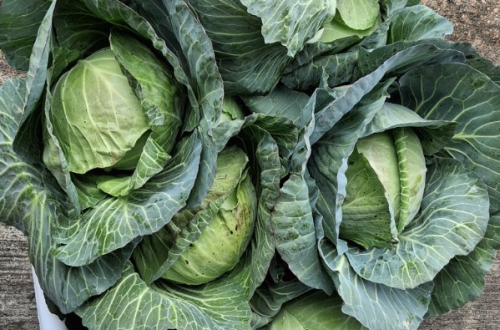2024 is a new year and a new planting season for the Greensboro Youth Group. Members of the Greensboro Youth Group have been learning new information and refreshing their memories about turnips and mustard greens to produce an abundant harvest. The children are learning about garden site selection, soil preparation, green varieties, planting and caring for the greens, insect and disease control, harvesting, serving, and storing to have an ample supply of turnips and mustard greens.
For greens to grow abundantly, plant them in a well-drained area that receives full sunlight. Add compost or organic matter to loosen the soil for better water and nutrient absorption. The two varieties of mustard greens are broadleaved and curled leaves. Broadleaved mustards have broad, flat leaves, while curly-leaf mustards have narrow, wrinkled leaves. Two well-known broadleaf mustards grown in central Mississippi are Tendergreen and Florida Broadleaf. Popular curled leaf mustard grown are Southern Giant Curled and Green Wave. Seven Top and All Top are popular turnip varieties grown for turnip leaves. In contrast, Purple Top and White Lady are well-known turnip varieties grown for turnip roots.
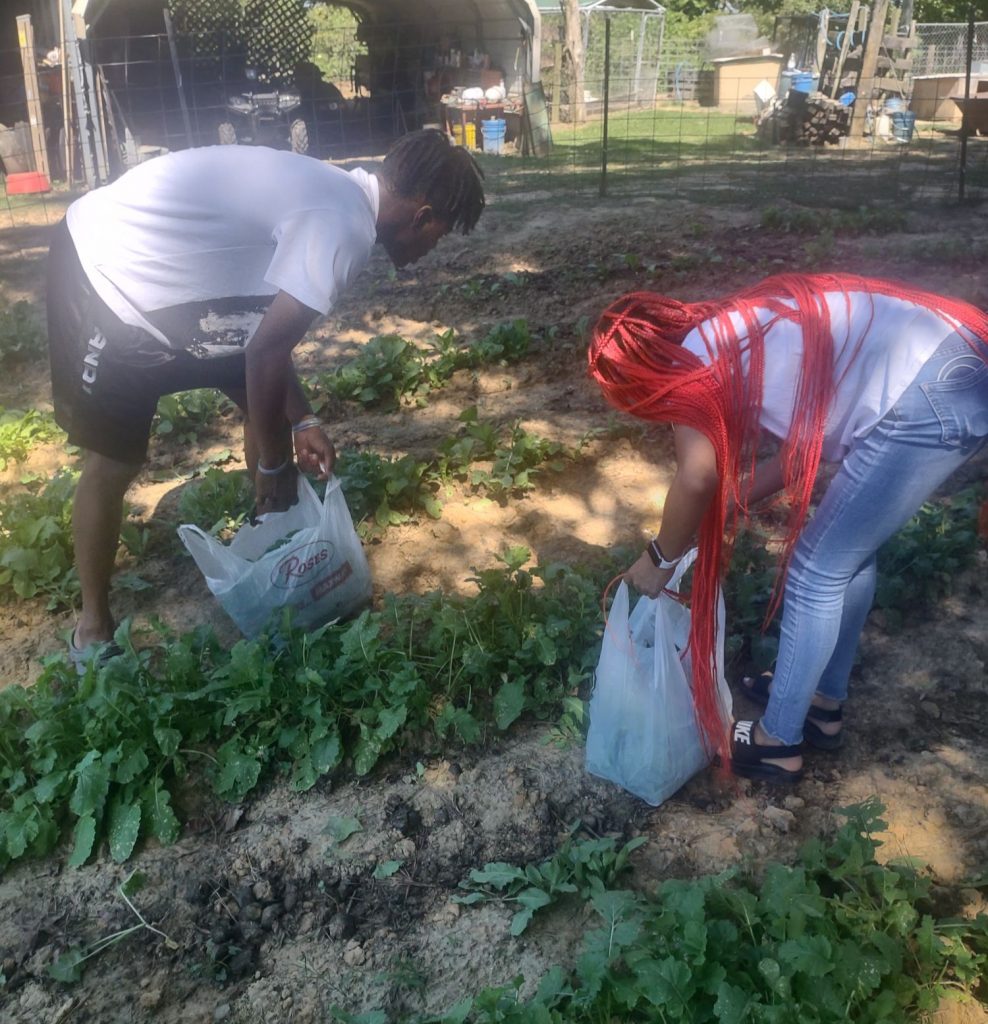
The Greensboro Youth Group embarked on the thrilling journey of cultivating turnip and mustard greens in their garden. They meticulously applied fertilizer to the garden site and planted disease-free seeds purchased from a local garden center. With an unwavering dedication, they nurtured and cared for the plants, a testament to their commitment. They patiently watched for the seeds to sprout and provided the correct water amount to ensure the plants’ growth and sound root development. They diligently pulled weeds with their hands and used hoes to remove weeds for a weed-free garden. The children were vigilant, actively watching for signs of insects and diseases. They looked for signs of plant damage every few days and immediately removed damaged stems, leaves, and plants. Additionally, the children thinned the mustard and turnip plants to prevent overcrowding, showcasing their deep commitment to the process.
The children eagerly waited to enjoy the result of their hard labor. Finally, harvest time arrived, and youth leader Joan Eiland prepared the children a delicious pot of Southern-style mustard and turnip greens slow-cooked with onion, bacon, and ham hocks. Mrs. Eiland served the children the greens along with cornbread and baked chicken. The children enjoyed the delicious meal and celebrated their first turnip and mustard green harvest.
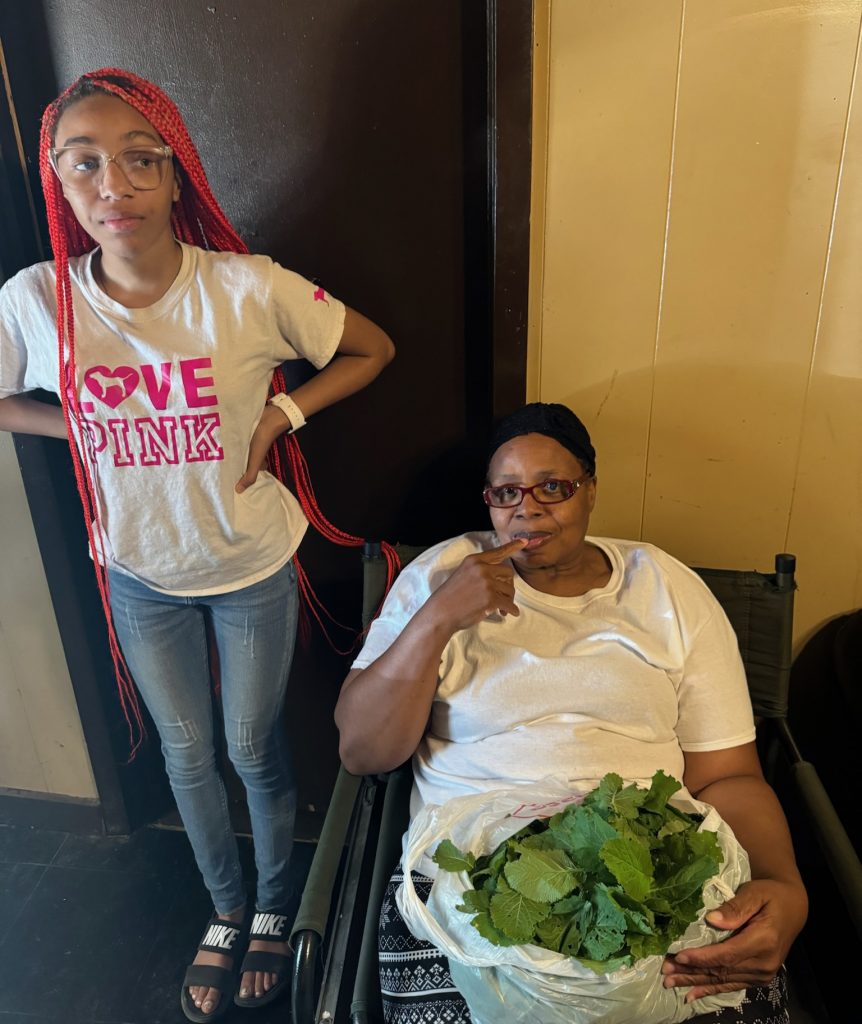
The children generously donated mustard and turnip greens from the garden. Ms. Pearlie Jean Miller and Ms. Dorothy Jean Steele were the first community members to receive them. Ms. Miller expressed her enjoyment of eating mustard and turnip greens and her appreciation for the children’s donation. She also shared her love for fresh-grown food from local gardens, a sentiment echoed by many in the community, further highlighting the impact of the children’s work and making the audience feel proud of their achievements.
When the children gave Ms. Dorothy Jean Steele the mustard and turnip greens, she thanked them for the fresh greens. She told the children that the tastiest and freshest vegetables are grown in local gardens and that she would wash and cook the greens immediately and eat the greens for dinner. Thus, community members are showing appreciation for the children’s efforts.
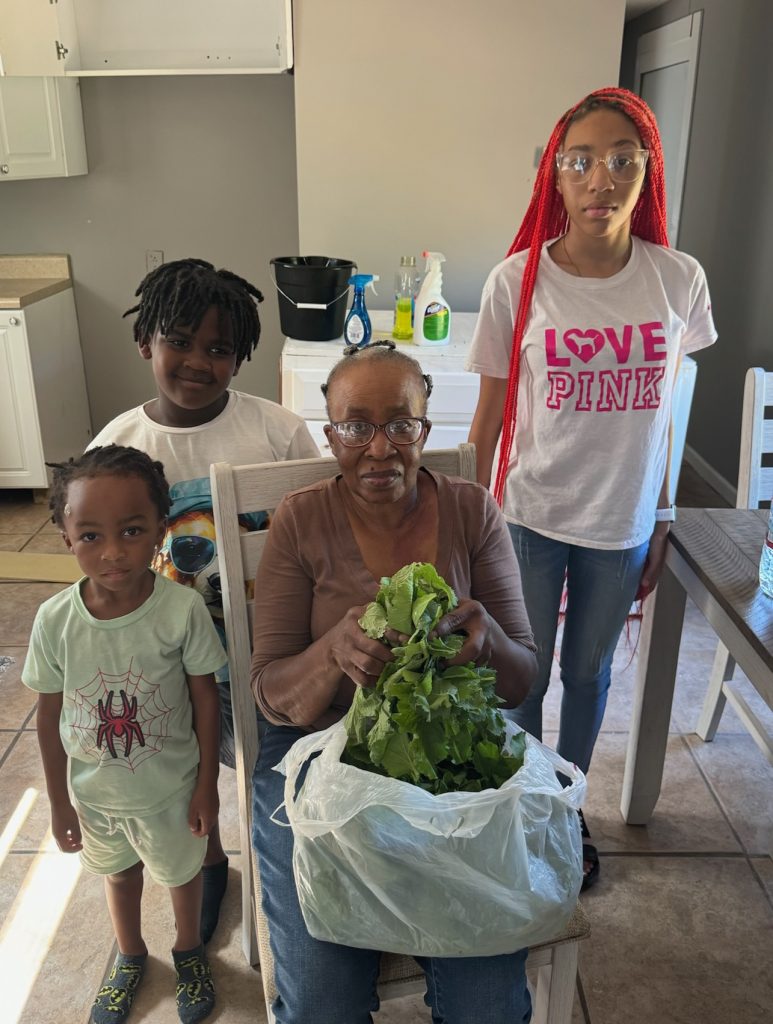
The Greensboro Youth Group’s mission is to learn about gardening and increase community involvement. They actively learn about every gardening phase, including soil preparation, beginning a garden, harvesting the garden, and cooking and storing food. The children have discovered that vegetables raised in their gardens taste fresher than store-bought vegetables. With a shared sense of responsibility, the children strive to work together, eat healthily, and help those in need in the community. Additionally, the children are growing vegetables to have ample food to eat and donate to their community, a testament to their involvement in promoting healthy eating and helping people in the community. This learning journey in gardening instills hope for a future where the community’s gardening culture thrives.
